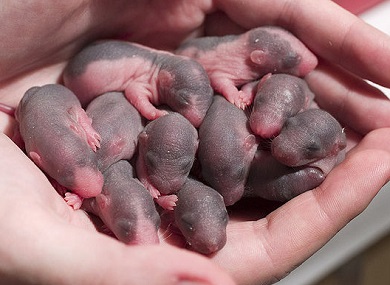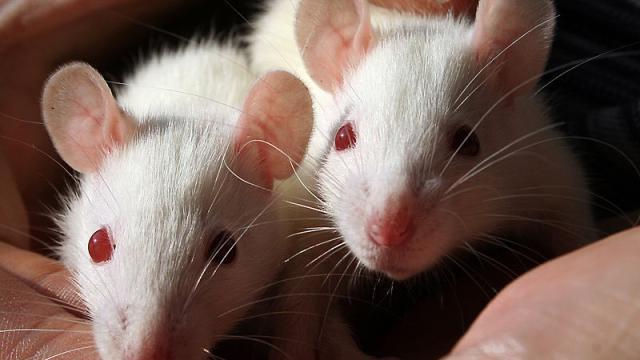A 1940s psychologist named Robert Tryon wondered if rats could be bred to complete a maze more competently, and after seven generations of selective breeding he succeeded. That classic experiment is still shaping our thinking about the age-old question of nature versus nurture when it comes to human intelligence and behaviour.
Tryon’s Rat Experiment
Robert Tryon wanted to look at nature in a field that, at the time, focused largely on nurture. Most psychologists assumed that behaviour was nearly entirely determined by experiences, genetics. Tryon came up with a way to test that assumption. He constructed a number of mazes, and had several rats run through them. Then he charted the errors they made: demonstrable mistakes, like walking down an obvious blind alley instead of through a tunnel.
Once he had identified the “maze bright” rats, he separated them out from the “maze dull” rats and started selectively breeding them. Maze bright rats mated with other maze bright rats, and maze dull rats mated with other maze dull rats. The children of each group of rats also ran mazes, and the brightest and dullest were again mated with their intellectual peers. Seven generations down the road, Tryon had the newest group of offspring run mazes. The maze bright strain made far fewer mistakes than the maze dull strain, even if they’d been raised by maze dull mothers. Some maze dulls made twenty times the number of mistakes that some maze brights did. Nature beat out nurture.

The Difference Between Bright and Smart
Tryon showed everyone that nature undoubtedly gave some animals an edge when it came to completing certain tasks. What he didn’t show was that intelligence can be bred. The rats weren’t smart. They were “maze bright.” They were bred to have one ability, and they had it. Tryon would be the first to point out that, while intelligence can help in navigating a maze, navigating a maze isn’t necessarily a test of intelligence.
Exactly what makes these rats bright or dull is still being studied. It helps that the maze bright and maze dull strains of rat have been maintained since the 1940s. They’re now called S1 and S3 and are still available for experiments.
This has given us some interesting takes on “maze bright” and “maze dull.” One study concluded that the strains didn’t differ in intelligence, or even ability, but motivation. The maze dull rats just didn’t care about what they were being trained to do. Another study, done by psychology students in 1963, found clear differences in learning ability. The maze bright strain kept improving over time, while the maze dull strain showed slight improvement early in their training, but then leveled off. It was only after the study was done that the students were informed that they’d actually been given a random group of rats, none of which were maze bright or maze dull.
So Tryon’s legacy is two-fold. First, he showed us that genetics can be an important part of behaviour, and even ability. Second, he showed us that we should interpret that genetic ability as narrowly possible.
